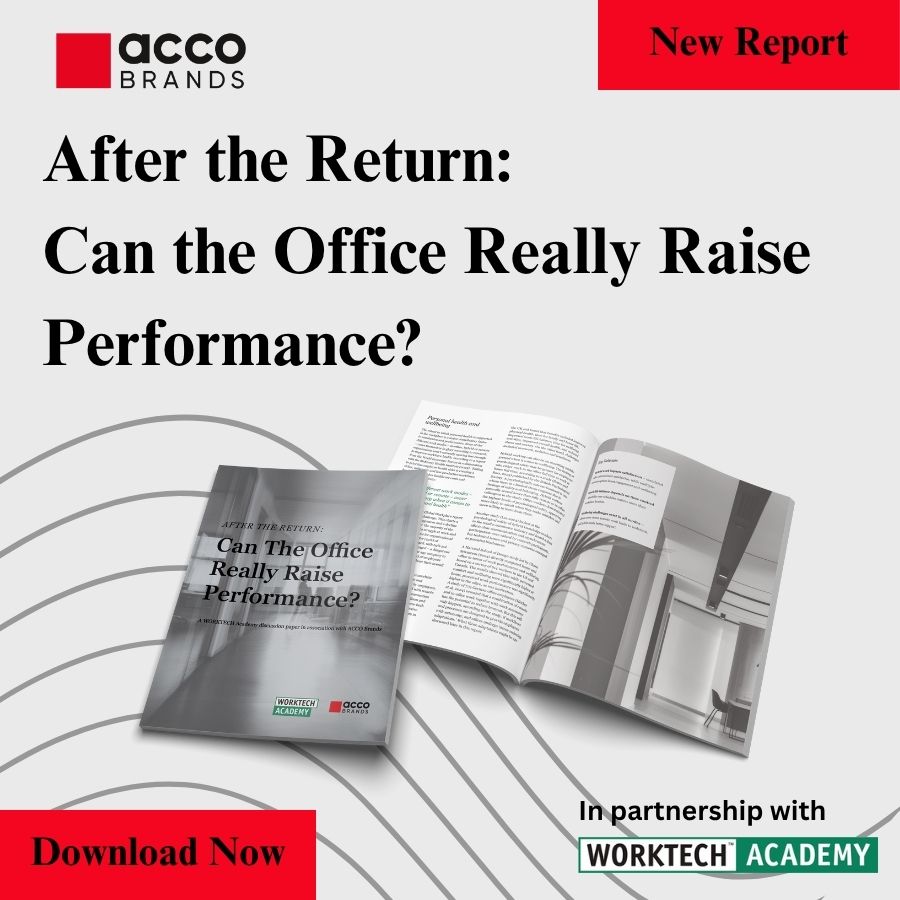health & wellbeing
Designing for diversity: breeding a culture of inclusion
A culture of diversity and inclusivity not only needs to be represented in the workforce, but also in workplace design. Alison Webb, Lendlease’s head of workplace in Europe talks about elements of inclusivity in workplace design and its new development in East London
Introverts exposed: why outgoing types thrive in open plan
New scientific research supports the idea that extroverts fare much better in exposed work environments than those who crave peace and quiet to get work done
Challenging the mindset around workplace wellness
From reducing stigma to tackling cyber bullying, Condeco looks at how organisations can be better prepared to improve mental health in the workplace
Taiwan tackles the ageing workforce with show of innovations
As Asian economies wrestle with the need to keep ageing populations economically productive, a travelling exhibition is demonstrating how new design thinking can enhance the experience of working in later life
Why perception of noise and objective recording can be at odds
New scientific research suggests that the state of employee wellbeing can make levels of noise, dust or glare seems worse than they really are – this is just one of several new studies throwing fresh light on the changing workplace
Table manners: four ways an untidy desk can impact your career
Can desk management determine the quality of work you carry out? Maybe not, but it can impact the way people view you as a worker. Here are four ways an untidy desk can be detrimental to your career
Productivity push: mind the gap between landlords and occupiers
Findings from the Stoddart Review suggest that an effective workplace can boost business productivity. Leeson Medhurst from 360 Workplace discusses his initial thoughts about the Review’s findings
Battling burnout: what North American workers need right now
The results of a Staples survey of more than 3,000 office workers in the US and Canada revealed that more needs to be done to improve employee engagement and morale












